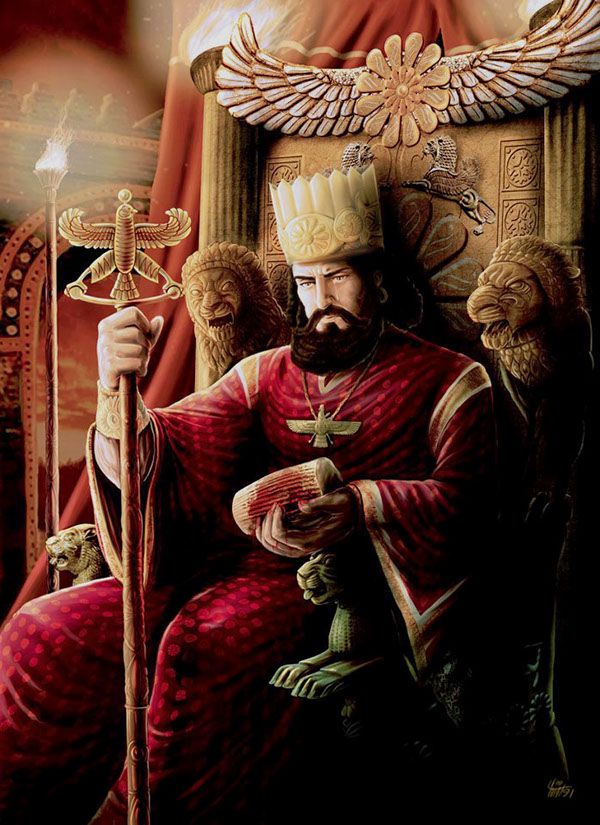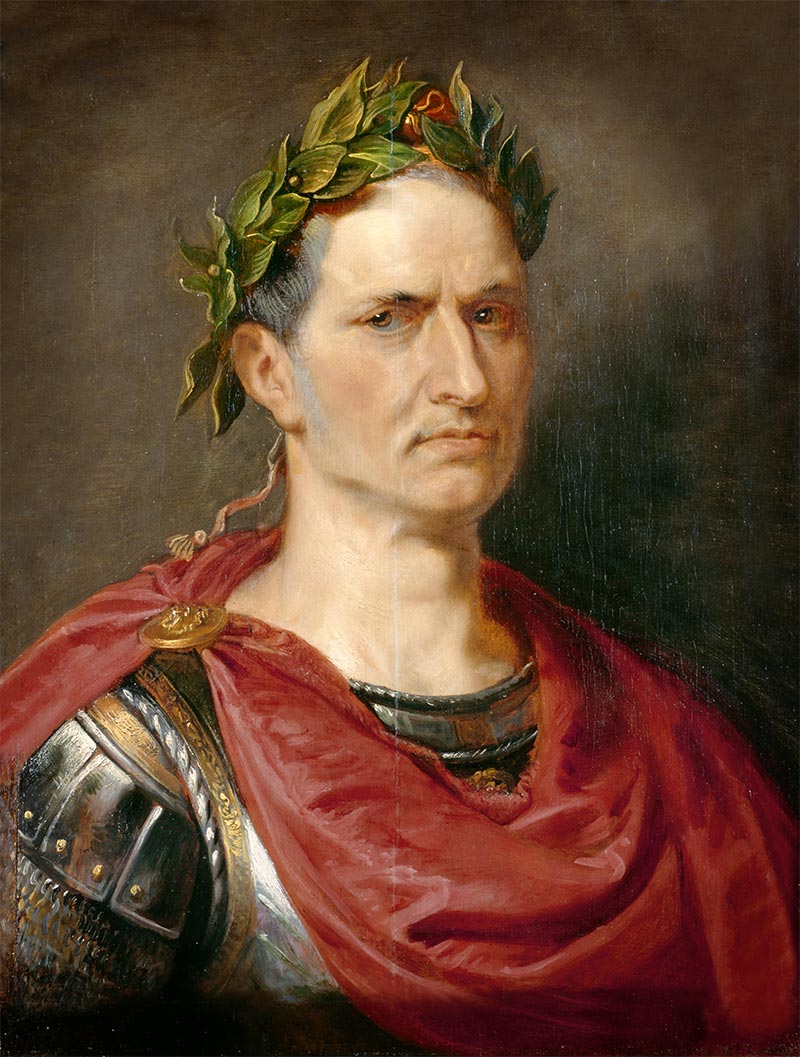Strategic Leadership Analysis
Cyrus archetypes win by honoring difference. You draft charters that protect local customs, combine decisive campaigns with generous diplomacy, and cultivate loyalty by making people feel seen inside a larger purpose.
Strengths
- Wins loyalty by honoring local customs
- Builds clear legal frameworks that feel fair
- Combines military success with diplomatic charm
- Delegates authority while keeping strategic oversight
- Communicates universal mission that unites diverse groups
Pressure Points
- Trust in satraps requires vigilant oversight
- Kindness can be misread as softness by aggressors
- Complex federations demand constant travel and attention
- May rely too heavily on symbolic gestures
- Needs contingency plans for rapid rebellions
Relationship Operating System
You align well with operators who manage logistics while respecting your inclusive ethos.
Deployment Zones
International expansion, federal governance, cross-border partnerships, multicultural organizations, humanitarian diplomacy
Leadership Lessons to Apply Today
Invest in feedback loops and security audits so your generosity remains protected.



